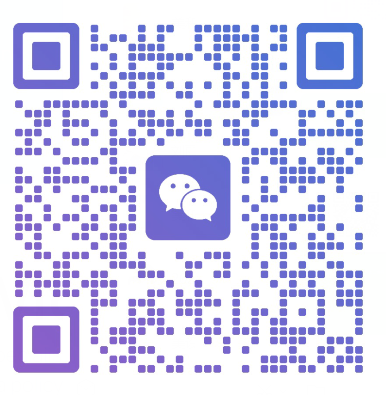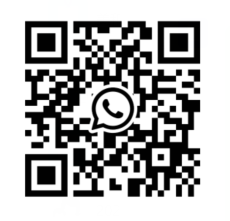RFID technology can effectively solve the increasingly rampant product anti-counterfeiting phenomenon. In RFID anti-counterfeiting applications, clothing is commonly used for anti-counterfeiting. Apparel manufacturers put their own unique RFID tags and clothing in a carton, each with its own unique ID code.
It is estimated that the annual market affected by counterfeit products in the world reaches 300 billion US dollars, which is quite amazing, accounting for 10% of the world's total trade. While counterfeit products are flooding the market, they also cause a lot of work to be lost. The EU estimates that 100,000 people have lost their jobs because of counterfeit products. Needless to say, the anti-inferior products of some special products, such as aircraft parts and medicines, directly threaten people's lives.
The annual market affected by counterfeit products in the world reaches 300 billion US dollars, which is 10% of the total world trade.
One of the main advantages of RFID technology for manufacturers is that they can be integrated directly into existing products, machines or equipment without major changes to current production equipment. The RFID tag itself has read and write capabilities, can be written to the manufacturer's unique encrypted code, and easily integrated into a variety of goods.
An important factor in the ability of RFID systems to be used in business is that the same type of label can be applied to different products, as this can lead to an increase in the scale of production of the label, which ultimately reduces the price of the label to an acceptable level. For some valuable items, however, the size of the label is far more important than the price of the label.
In general, UHF tags are larger than UF tags. For small, expensive items, a slightly larger label is likely to affect the appearance of the item, as in this case the label is required to be as small as possible and does not pose a problem to the user. From the point of view of tag storage data, read-only tags are generally one-time programmable, low-cost, but must have a backup database for efficient tracking.
The tag data that can be read and written multiple times is relatively large, and generally can store all product information without the support of the backup database. This type of tag is more expensive and larger in size than a one-time programmable tag.
For manufacturers, the least they want to see is that the reading of RFID data delays the speed of production. UHF tags have a long read range and are generally suitable for use on boxes or pallets; HF has a short reading distance and is suitable for fixed locations such as shelves.
Another factor to consider when using RFID tags is the material of the goods. This is especially true for products that are often in contact with water during use, or where the label is metal. In the former case, the label must be waterproof and HF-based; since the longer wavelengths of the HF system are not easily smothered, high-frequency RF signals are more likely to penetrate water or other liquids. HF labels have been tested on textiles and clothing for many years and have been shown to resist large changes in liquid, pressure and temperature range.
When the label is attached to a metal surface, it also affects the RFID system. The RF signal cannot pass through the metal, so when the metal material is close to the HF antenna or the UHF tag and the reader, the read/write distance of the RFID system is greatly affected. Another adverse effect is absorption: metals can absorb RF signals, which also affect HF and UHF tags to varying degrees.
The read and write distance of the HF tag is relatively short. UHF tags have a long read and write distance when they are far enough away from the metal surface; however, if the tag is too far away from the metal surface, its abrupt portion will affect the usability of the tag, so the ideal height is 5mm.
Apparel manufacturers put their own unique RFID read and write tags in the carton at the same time, each carton has its own unique ID code. When the production is completed to the delivery process, each carton passes through an RFID tag reader, and all carton information is read and transmitted to the PC. The PC software system compares the actual information read with the planned shipping item of the carton to determine whether the release is made. At the same time, if the carton is released, the ID number of the carton will be written to the memory of each tag and locked. .
The manufacturer can also write corresponding information to other data blocks of the tag through the handheld RFID device during the QA check and other stages. In this way, the entire transportation process from the production to the distribution center to the retail can be recorded.

